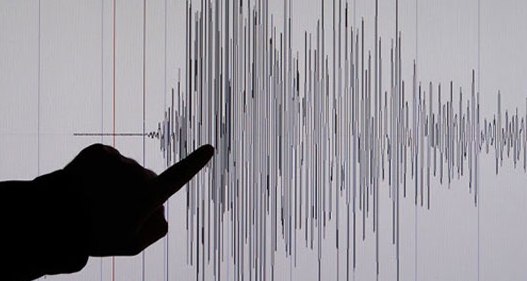
According to scientists, a new plate boundary may be forming on the floor of the Indian Ocean in Wharton Basin as a result of the 2012 earthquake that shook the Andaman-Sumatra region.
The discovery was based on the study of seismic data recorded before, during and after the 2012 quakes and sea floor depth analysis by venturing into the ocean aboard a research vessel.
Key Points
Scientists created a high-resolution imagery of the sea floor by using data which unveiled deformations that had occurred on the Indo-Australian Plate.
It showed that the plate had broken along a 1,000 km fracture zone due to 2012 earthquakes, resulting in a new plate boundary and likely to be the site of future fault-slip earthquakes.
The analysis showed a new fault system had developed in the area off the coast of Sumatra that was involved in the 2012 earthquakes.
The new fault system can trigger more quakes in the future. Slip-strike earthquake occurs when two plates slide horizontally against one another.
As a result, earthquake causes deformations that occur in plates distant from fault lines as pressure builds up across a plate.
These earthquakes can lead to inter-plate earthquakes and cause a plate to break, resulting in a new boundary and this in turn can lead to even more quakes.
This similar scenario is believed to happened in 2012 when two earthquakes struck the Andaman-Sumatran regio (north-west part) of the Indian Ocean which was the largest inter-plate earthquakes ever recorded.
Current Affairs 11th January, 2017 Current Affairs Round Up Bullet Points, December, 2016

Join The Discussion